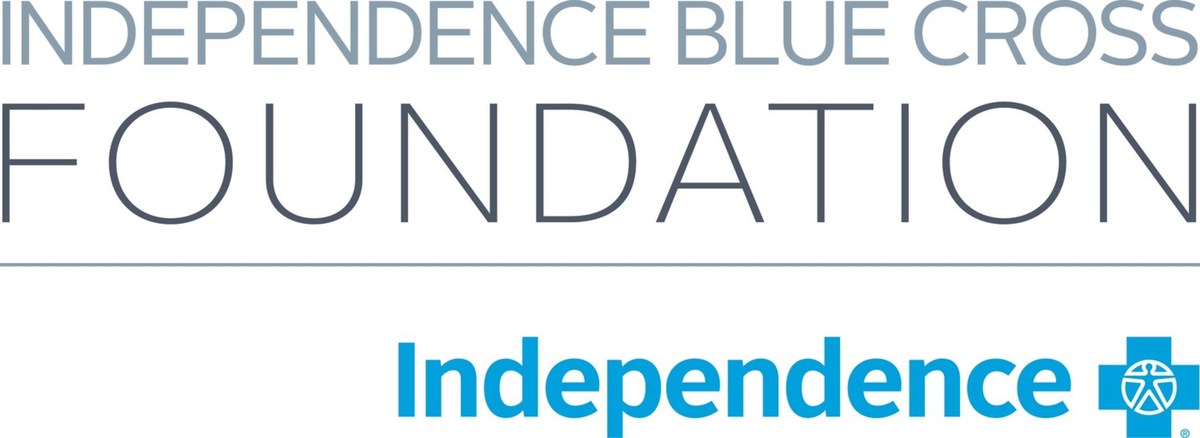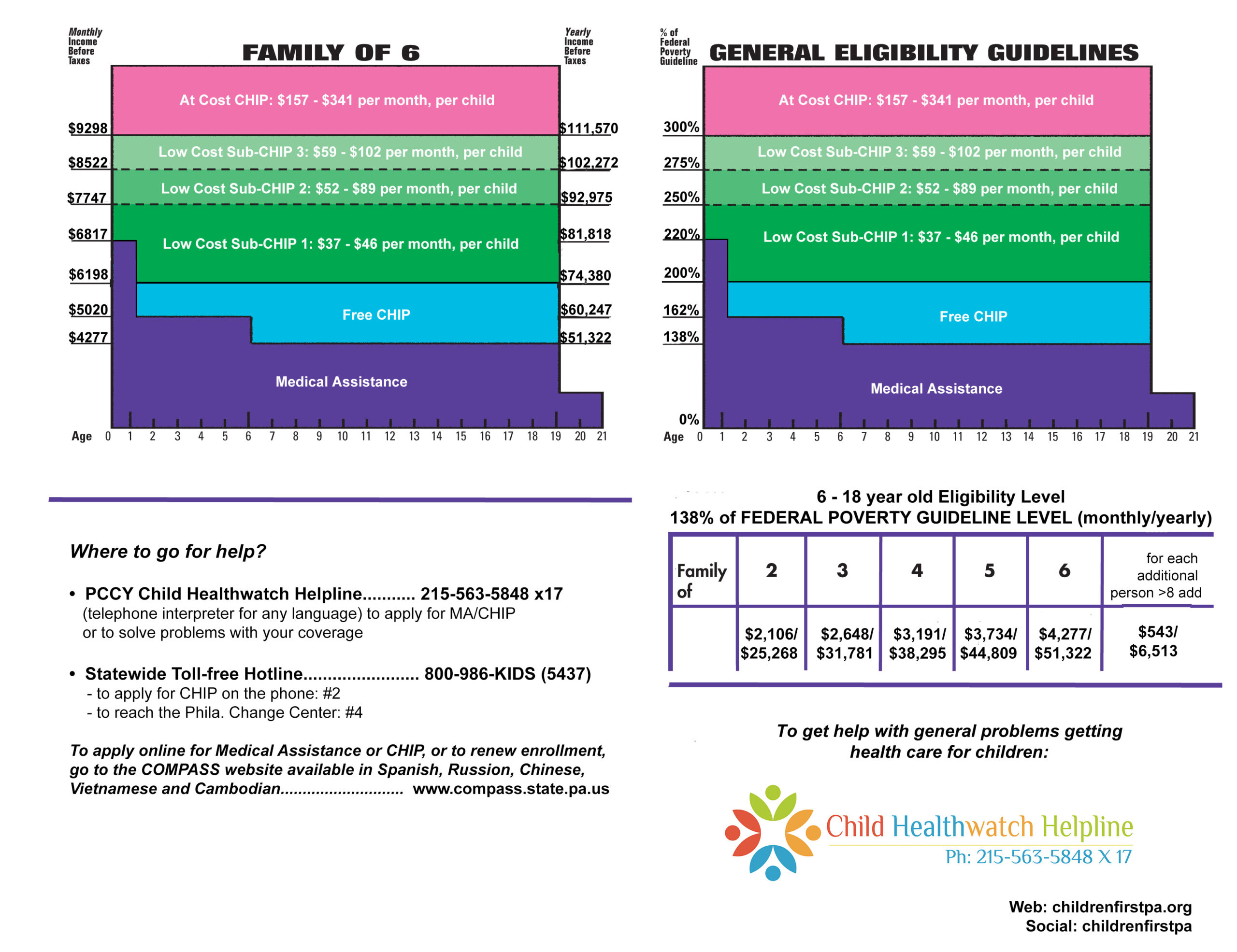ABOUT &
INTRODUCTION
About Children First
Since 1980, Children First (formerly Public Citizens for Children and Youth) has worked to improve the lives of the region’s children by developing initiatives and advocating for quality health care, child care, public education, and family stability.
We are grateful for the essential care and service that school nurses and counselors provide to students across southeastern Pennsylvania. We encourage you to continue to call the Children First’s Health Helpline with questions, concerns and suggestions, and to refer parents and caregivers so that together, we can help students stay healthy and reach their full potential.

Special Thanks
Thank you to the Independence Blue Cross Foundation for its support of this project.

About Children First
Since 1980, Children First (formerly Public Citizens for Children and Youth) has worked to improve the lives of the region’s children by developing initiatives and advocating for quality health care, child care, public education and family stability.
We are grateful for the essential care and service that school nurses and counselors provide to students across southeastern Pennsylvania. We encourage you to continue to call the Children First’s Health Helpline with questions, concerns and suggestions, and to refer parents and caregivers so that together, we can help students stay healthy and reach their full potential.

Special Thanks
Thank you to the Independence Blue Cross Foundation for its support of this project.

Introduction
Health Insurance Programs for Children and Teens in Pennsylvania
There are two publicly funded health insurance programs in Pennsylvania: Medical Assistance (Pennsylvania’s name for Medicaid) and the Children’s Health Insurance Program, known as CHIP.
Both Medical Assistance and CHIP provide high quality, comprehensive coverage for children.
Medical Assistance (Medicaid) and CHIP cover:
- Check-ups and well visits
- Sick visits
- Immunizations
- Vision care and eyeglasses
- Hearing care and hearing aids
- Lab work, X-rays and other tests
- Hospital care
- Emergency room care
- Family Planning services
- Behavioral health care services and substance abuse treatment
- Prescription drugs
- Durable medical equipment
- OT, PT and Speech therapies
Eligibility is based on three factors: family income, family size and the child’s age. Medical Assistance covers children up to age 21 and CHIP covers children up to age 19.
Medical Assistance
Medical Assistance is designed for the lowest income families. Medical Assistance is free, and has no premiums, co-pays or deductibles.
Medical Assistance covers all medically necessary services. That means any service prescribed by a physician, nurse-practitioner, therapist, or behavioral health provider must be provided. There are no limits on services, therapies, or prescriptions.
Medical Assistance also covers children with serious, on-going physical and behavioral health conditions in a program known as Children with Special Health Care Needs. In this program, only the child’s income counts for eligibility.
CHIP
CHIP can be free, low-cost, or full cost depending on family size and income. There is no upper income limit for CHIP. Families above the low-cost income levels can purchase CHIP at its full cost. CHIP provides high-quality, comprehensive coverage similar to employer-based insurance. CHIP does place limits on some services such as physical therapy and durable medical goods. Any child who exceeds these limits is likely to be eligible for the Medical Assistance Children with Special Needs program.
Medical Assistance and CHIP eligibility are aligned. A child whose family income exceeds Medical Assistance rules is automatically eligible for CHIP. See the eligibility chart below for more details.
A note on immigration and health insurance
Children who are citizens and children who have immigration documents (i.e., are lawfully present) are eligible for Medical Assistance and CHIP. The exceptions are children here on a tourist visa and children granted the Deferred Action for Childhood Arrivals authorization or DACA; these children are not eligible for Medical Assistance or CHIP.
Many citizen children and lawfully present children have parents or caregivers who may not have immigration documents. The immigration status of a child’s parent or caregiver does not affect the child’s eligibility for Medical Assistance or CHIP. Specifically, on the Medical Assistance and CHIP applications, only the immigration status of the individuals requesting insurance is required. Lawfully present children can still apply for health insurance without their parents, caregivers, or other people in their household having to reveal their immigration status.
Schools Can Help Children Get Coverage and Care!
Many children who are eligible for Medical Assistance or CHIP remain uninsured. Some families are unaware that they are eligible. Some families were enrolled but lost their coverage at some point in time. Still others tried to apply but couldn’t complete the process because they found the application confusing or time consuming or it wasn’t written in their language.
Families trust school nurses, counselors and other school staff. You can take an important step by providing information about Medical Assistance and CHIP to your families.
Five Ways to Spread the Word about the Availability of Insurance
You will find model flyers, posters, and templates for social media posts, emails, and newsletters in Section 6, Appendix A of this manual.
- Posters and flyers: Use posters and flyers throughout the school building (staff rooms, main office, nurse and counselors’ offices, hallways) to publicize the availability of free and low-cost health insurance programs. You can request flyers from Children First and also see Section 6 Appendix A for flyers and other handouts.
- Refer families to CHILDREN FIRST: Children First operates a Health Helpline to assist callers for free, over the phone and in any language to apply for insurance, resolve insurance problems and get referrals to health care services. Call 215-563-5848 x 17.
- Use your school’s social media platforms: Use Facebook, Twitter, and Instagram may be used to raise awareness of available health insurance options and Children First Helpline.
- Use the school’s weekly eblast to parents to raise awareness and highlight registration events.
- Inform the front office staff, coaches, teachers and other staff that children can get health insurance. Everyone should know that free or low-cost health insurance is available, the Children First Health Helpline number, and where to send families for more information – to the nurse, the counselor, the social worker, the front office, etc.
For more activities and how to implement them, see Appendix A in Section 6 – Outreach Materials.

